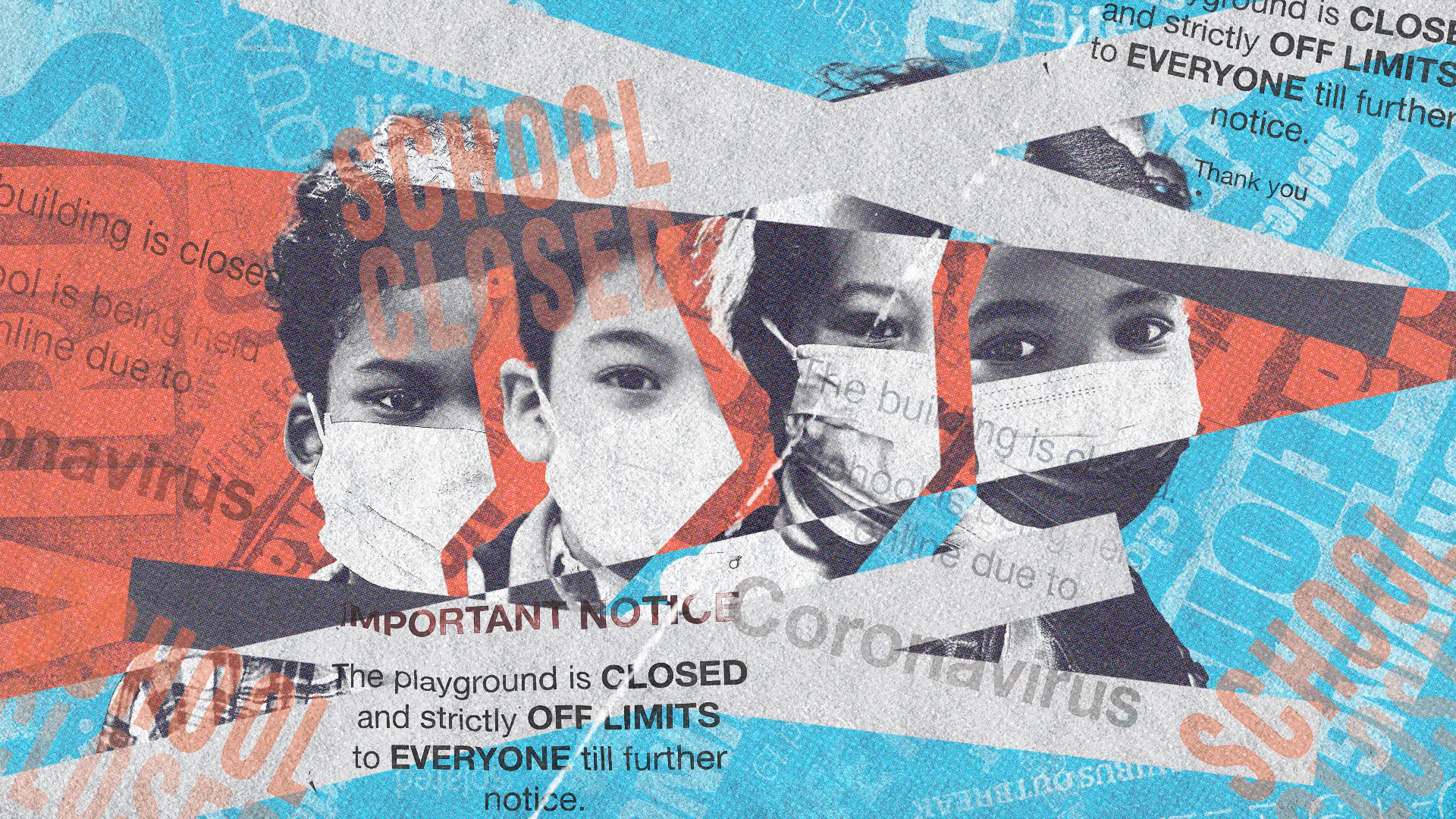Pandemic-era policies continue to negatively impact young children.
While more information will surely come to light about the longterm effects of lockdowns and mask-wearing, we already have compelling evidence to show how detrimental the impacts have been.
Last year, the CDC reported that over the course of 2020, “the proportion of mental health–related emergency department (ED) visits among adolescents aged 12–17 years increased 31% compared with that during 2019.”
In May 2020, emergency department visits for suspected suicide attempts started to go up with young people ages 12 to 17 years old, specifically with young girls.
In between February 21–March 20, 2021, “suspected suicide attempt ED visits were 50.6% higher among girls aged 12–17 years than during the same period in 2019; among boys aged 12–17 years, suspected suicide attempt ED visits increased 3.7%.”
The problem expands beyond the United States. Surgeon General Vivek Murthy released an advisory via HHS on youth mental health last year, noting that recent studies looking at 80,000 youth around the world discovered that “depressive and anxiety symptoms doubled during the pandemic, with 25% of youth experiencing depressive symptoms and 20% experiencing anxiety symptoms.”
Not only did the pandemic lead to school closures and prevent children from interacting with friends and other members of their community, but it increased the likelihood that young people who are living in abusive environments are unable to seek help or get out of their dangerous situation.
Children were also more likely to lose a parent or caregiver to COVID-19 due to the fact that adults are generally more at-risk of severe complications from COVID than children.
The American Academy of Pediatrics issued a report noting that caregiver death heightens the risk of short-term trauma and prolonged detrimental effects for children throughout their lives. The surgeon general’s report noted that roughly 140,000 children in the U.S. had a parent or grandparent caregiver die because of COVID as of June 2021.
As the Scientific American reported, a study by FAIR Health looked at private healthcare claim records and found that among teenagers between the ages of 13 and 18 years old, the claim lines for intentional self-harm — as a percentage of all medical claim lines in that age bracket — went up 90.71% in March 2020 contrasted with March 2019.
When looking at the difference between April 2020 and April 2019, it almost doubled – at 99.83%.
The study also noted that some mental health diagnoses went up from spring to November 2020, with kids ages 6-12 reporting an increase in obsessive-compulsive disorder and tic disorders from the same time period a year prior. “Tic disorder claim lines fell in March (27.2 percent), but then stayed above 2019 levels through November (28.7 percent),” the study found.
Some policy makers and officials are pushing for students to continue wearing masks in school, even as the spread of the highly contagious Omicron variant continues to wane.
Some have pointed out the difference between the U.S. Centers for Disease Control and Prevention (CDC) and the guidance issued from the World Health Organization (WHO) and the European Centre for Disease Prevention and Control (ECDC) regarding placing masks on children.
In July of last year, the ECDC noted that the “general consensus remains that the decision to close schools to control the COVID-19 pandemic should be used as a last resort,” pointing to the “negative physical, mental and educational impacts of proactive school closures on children, as well as the economic impact on society more broadly.”
The ECDC has also only recommended children above the age of 12 wear masks in school.
The WHO advises that children 5 years old and younger should not be made to wear masks.
In November of last year, Jaclyn Theek, a clinic director and speech-language pathologist at the Speech and Learning Institute in North Palm Beach said they have “seen a 364% patient increase in patient referrals of babies and toddlers from pediatricians and parents.”
Theek said the children are “speech-delayed.”
Prior to the pandemic, babies and toddlers only made up 5% of patients, but at the time of the article, the number had increased to 20%.
Therapists say that some children are fine learning how to talk when people are wearing masks, but for other kids, it can lead to speech delays.
“There’s no research out there yet saying that this could be causing speech and language delays. But, most definitely, I’m sure it’s a factor,” Theek said. “It’s very important that kids do see your face to learn, so they’re watching your mouth.”
The effects of the pandemic will be felt by the younger generation for years to come if restrictive policies continue to be implemented. Those who stood by and allowed harmful policies to go into effect will have to answer to the next generation.
The views expressed in this opinion piece are the author’s own and do not necessarily represent those of The Daily Wire.

Continue reading this exclusive article and join the conversation, plus watch free videos on DW+
Already a member?

.png)
.png)

